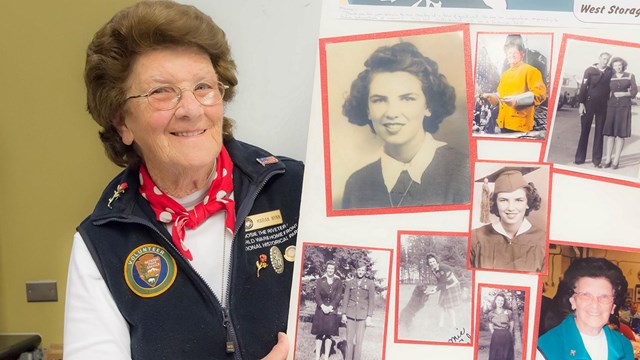
History and Culture
Looking to learn more about the WWII Home Front? Start by clicking here. 
Park Sites Beyond the Visitor Center
The Richmond Home Front provides a number of historic places to drive by, view or visit. Click the image for points of interest. 
People
Learn more about the people that are an important part of the Home Front Story. 
NPS Richmond and the WWII Home Front: Interpreting a City in WartimeA 10-Part Audio Series – Stream or Download for FreeWe hope you enjoy this compelling 10-part podcast series from the National Park Service that brings to life the people, places, and power behind one of the nation’s most vital home front efforts. Through vivid audio storytelling, you’ll hear how shipyard workers, families, and entire communities shaped history on the Richmond waterfront—stories of innovation, sacrifice, and resilience during a time of global conflict. Listen anytime—free to stream or download, and available on the official NPS App with Apple CarPlay support, so you can take the stories with you wherever you go. |
Last updated: March 14, 2025
